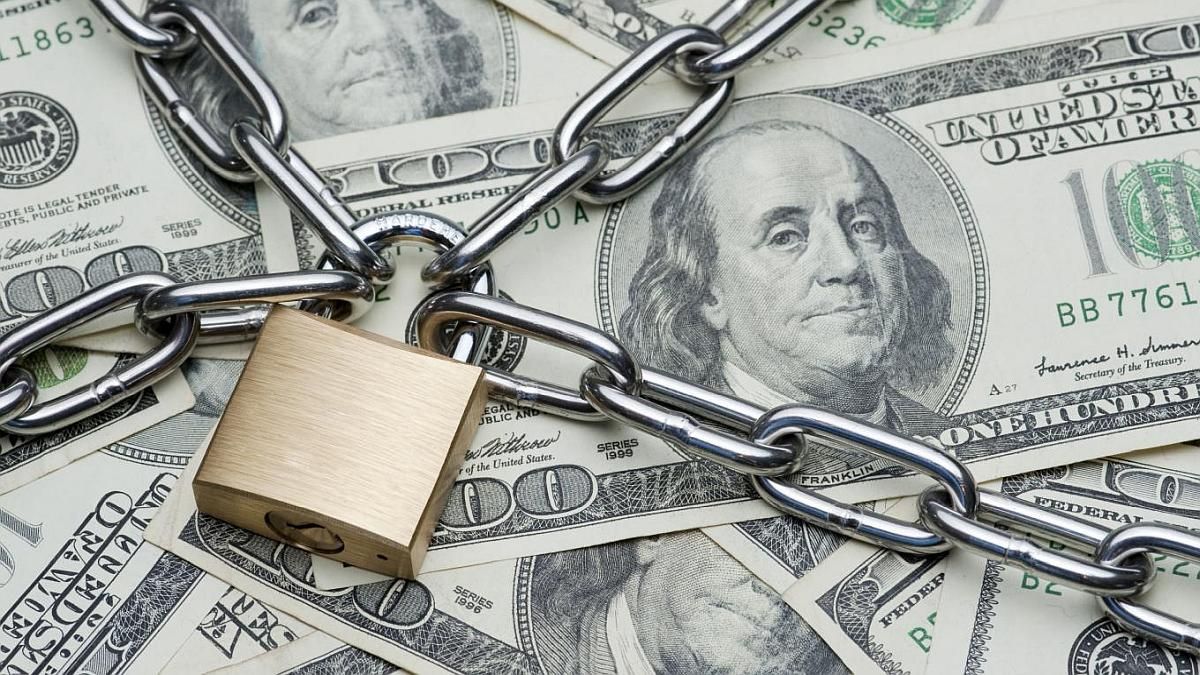According to the recent JPMorgan report after its visit to Argentina, the North American bank expressed its reservations regarding the delay in leaving the stocks. According to analysts, this liberalization could impact economic activity and the exchange rate gap, adding upward pressure on inflation as the October legislative elections approach. “We emphasize that continuing with relative price adjustments and moving towards the liberalization of capital controls are two necessary conditions to consolidate a path of sustainable disinflation going forward,” he concluded in his report.
For their part, BofA specialists were optimistic about the Argentine economy but highlighted the latent risks: among them they include the possibility of devaluation that could come with the exit of the stocks, the decline in international reserves, and the governability of Congressas well as the erosion of the president’s popularity in the face of social challenges.
dollar exchange rate
The market rules out an exit from the stocks if it is not carried out in the first quarter of 2025
Image created with artificial intelligence
Future dollar: the market also doubts an exit from the stocks in 2025
The future dollar market also shows doubts about an exit from the stocks in an election year. According to a report from Outlier, the contracts showed a drop in prices in all positions, but without rate variations because they were around the weekend carry. The implied TEMs show market expectations a little: Only the maturities from January to May are operating above 3% (barely). All the others are quoted between 2.8% and 3%.
“It seems that the market maintains hedging positions in those months of the year, but still with rates below other markets. Expectations seem to indicate that, if the stocks are not released in the first 5 months of the year, an exchange rate jump will not happen in the rest of 2025 at least.“they explained.
The contracts of future dollar at the end of the year They are trading at $1050 and $1150 in March and around $1,200 (the official projection of the 2025 Budget) towards the middle of the year.
These expectations are also aligned with the forecasts that the banks and market consultants put forward in the latest edition of the Survey of Expectations (REM) published by the Central Bank, according to which the median indicates for March a nominal exchange rate of $1,112.6 and $1,279.2 towards next October. The average among those consulted, meanwhile, showed $1,120 and 1,303.6 respectively. In no case does the possibility of a devaluation shock emerge from these figures.
No one seems to be expecting any disruptive events. “Given the legislative elections next year, the opportunity to surprise and remove restrictions from the exchange market has only one window, and it corresponds to this summer season,” he said in his latest publication. Jorge Vasconcelosvice president of IERAL.
According to a report by Salvador Di Stéfano, “In the futures market, the implied ones do not exceed 40% of TNA, giving the idea that there will not be a devaluation jump or an exit from the stocks/disorderly exchange unification. If not, rather, the crawling peg rate should be below 2% per month.”
Source: Ambito
I am a 24-year-old writer and journalist who has been working in the news industry for the past two years. I write primarily about market news, so if you’re looking for insights into what’s going on in the stock market or economic indicators, you’ve come to the right place. I also dabble in writing articles on lifestyle trends and pop culture news.




